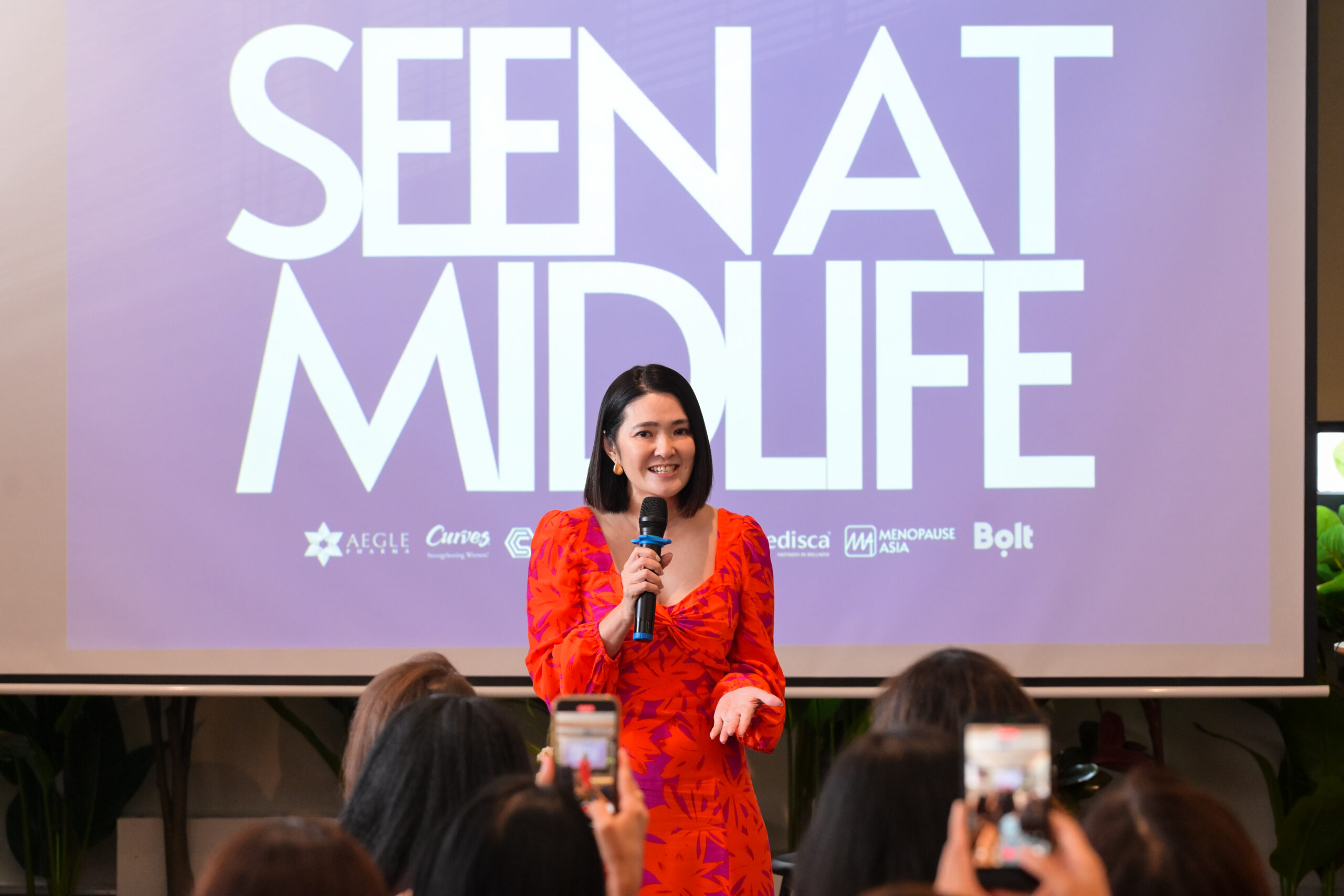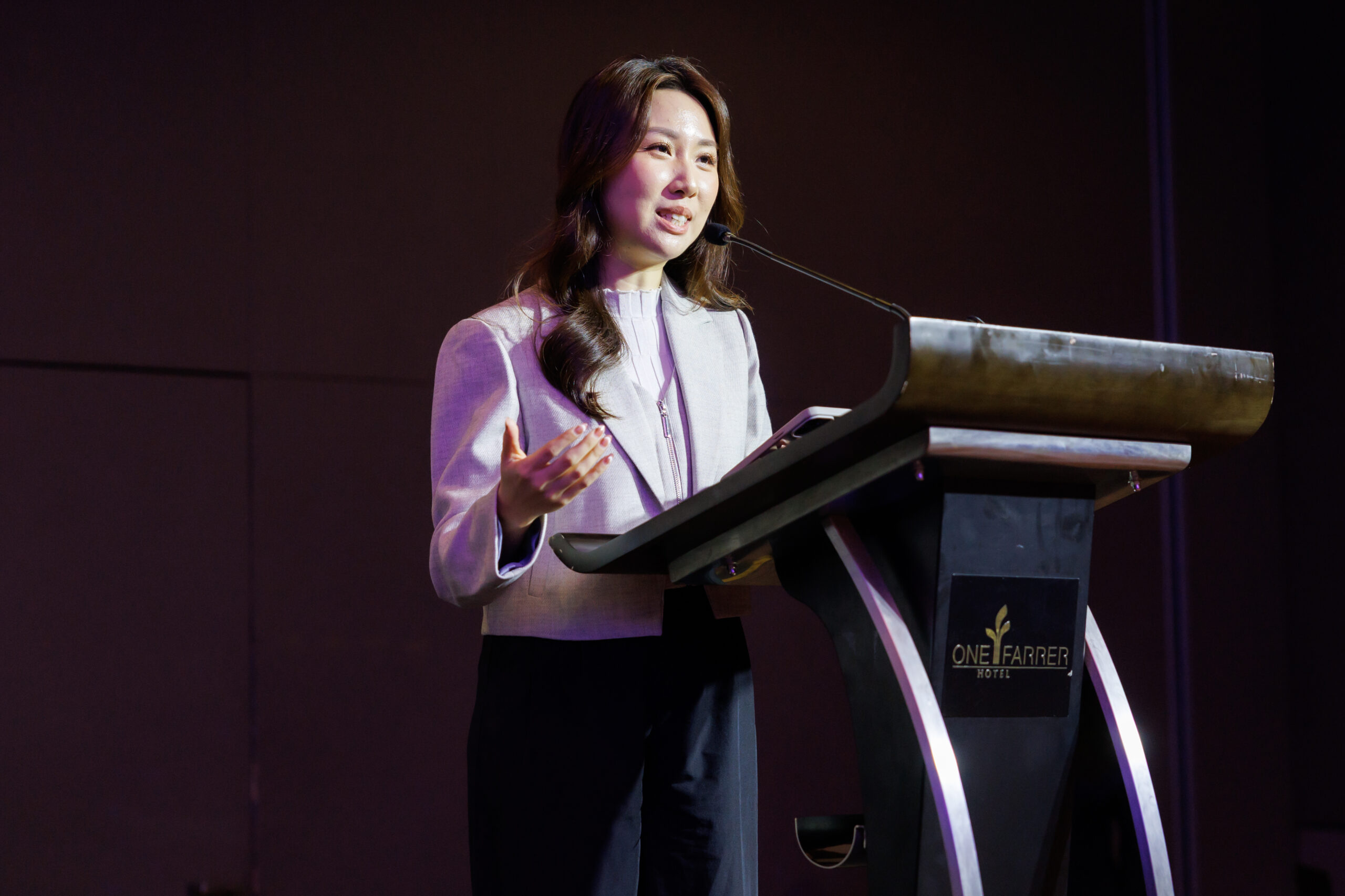Moments that matter in the inclusion experience
- HRM Asia Newsroom

As organisations strive to respond to changing employee expectations accelerated by the pandemic and the latest calls for racial justice and pay equity around the world, many are reflecting on lessons learned. A key lesson is the need to create more inclusive and equitable workplaces — workplaces where all employees are valued, included, have a sense of belonging and are recognised.
Removing inclusion obstacles that limit employees’ ability to contribute, like being excluded from important meetings where key decisions are made, is critical. Much in the same way that organisations are making major changes to improve customer or employee experience, a focus on inclusion experience is needed.
The case for inclusion
The benefits of diversity and inclusion are clear. More diverse organisations where employees feel included perform better, see less turnover, and have better job performance. Research finds organisations that use people analytics focused on improving diversity, inclusion and pay equity outperform financially. But, organisations must go beyond the financial business case and reshape structures and policies to achieve promises made, because improving diversity, equity and inclusion is also the right thing to do.

Improving diversity and inclusion must underpin every decision that impacts employee experience. Organisations must consider the inclusion experience and that there are moments that matter where the organisation, its leaders, its processes, its policies, and its culture show up as inclusive or not. By doing so, critical outcomes for organisations and employees can be improved.
A new model to measure and improve inclusion
Traditionally, organisations have focused on representation – how many people in a specific group – as the key diversity metric. Common representation data like race and gender is readily available and easy to report on. But, how does an organisation measure inclusion?
It starts with a rethink of the definition. According to the Society for Human Resource Management (SHRM), inclusion “describes the extent to which each person in an organisation feels welcomed, respected, supported and valued as a team member.” The focus here is on belongingness–but that is only one piece.
Any HR or business professional interested in human motivation is familiar with Maslow’s Hierarchy of Needs, which states that once basic physiological and safety needs are met, a person becomes motivated by belonging and esteem. Once those needs are met, an individual seeks self-actualisation (reaching one’s full potential). In the workplace, the drivers of self-actualisation are everywhere, from participation in stretch assignments to inclusion in high-level networks.
Medallia and Visier define inclusion with this in mind. Inclusion describes the extent to which employees can reach their full potential to contribute and to make a difference. This definition opens up measurement of employee sentiment (feelings of belonging) and also objective Inclusion Signals that impact key outcomes.
This more complete picture of inclusion focuses on capturing objective signals like meeting invitation data or Slack participation. This provides employers with more opportunities to level the playing field and drive outcomes like improved revenue, better customer satisfaction, more diversity, improved employee retention, and enhanced productivity, as well as individual outcomes including belonging and recognising the employee makes a difference.
The Inclusion Experience Framework defines five Inclusion Moments – events and places where employers, their leaders and their culture demonstrate inclusion and show employees they are valued.
- Decision Moments: Places where decisions are made that impact outcomes such as growing revenue and new product innovation. These decisions are made in strategy, planning, budget, and key talent discussions.
- Process Moments: Organisational events associated with attracting, hiring, developing, promoting, and retaining talent.
- Network Participation Moments: Places where communication, information, and decisions flow through an organisation formally (meetings) or informally (events).
- Personal Moments: Interactions employees have with the organisation, their manager, their teammates, and policies that they perceive as fair and reflecting inclusive treatment or not.
- Culture Moments: Culture behaviours are the ways that organisational culture plays out between bosses and employees, teammates, and task assignments reflecting inclusion.

( The Medallia & Visier Inclusion Experience Framework)
Defining and Acting on Inclusion Signals
Each Inclusion Moment is made up of signals (data) to use to understand inclusion obstacles and opportunities to improve outcomes. Showing the connection between inclusion signals and key outcomes mentioned above can propel organisational change.
Examples of Inclusion Signals to gather across Inclusion Moments and what they tell you.
Decision Moments
Signal Examples: Meeting invite data, speaker data, speech analysis of participants, as well as candidate and interview data.
Insights: Whether certain groups are more frequently interrupted or excluded from meetings, which means their input is not impacting outcomes.
Process Moments:
Signal Examples: Demographic data, development, retention, successors per position, pay equity, career conversations, anniversaries, recognisers, recognition numbers.
Insights: Unconscious bias that may surface during employee milestones like the performance review process or whether there is a difference across groups with how managers describe employee effectiveness, or whether diverse groups get comparable development opportunities.
Network Participation Moments:
Signal Examples: Network or team makeup, Slack participation, invitees to Zoom calls, and affinity group membership.
Insights: Biases in group composition, likes by team members – are they similar or differ by gender or ethnicity, connection to high-powered networks, strength of connections within networks measured through organisational network analysis, and sentiment of Slack conversations by text analysis conducted on comments.
Personal Moments:
Signal Examples: Manager changes, introduction to a customer in a sales call, engagement survey questions, responses specific to a life event such as getting married or birth of a child, policy language.
Insights: How different groups of employees are treated by customers by analysing customer feedback or whether certain groups are more likely to experience microaggression, whether parental leave is equitable.
Culture Moments:
Signal Examples: Participation in work-related events and culture activities, affinity group involvement, who takes notes, who recognises and who is recognised.
Insights: Whether certain groups are included in key culture activities.
Once organisations have the right inclusion experience insights, leaders must then act. Here are a few ways organisations can act on insights:
- Bringing together key internal stakeholders across the organisation to understand data and trends.
- Establishing a baseline of inclusion signals.
- Understanding the correlations to key business outcomes.
- Developing a plan to make improvements.
- Establishing goals and metrics for measuring the success of that plan.
- Communicating that plan to all employees.
- Continuing to follow up with progress updates; sharing tracking against goals.
Conclusion
The Inclusion Experience Framework brings together Inclusion Signals into a single platform to help organisations identify trends impacting inclusion across the entire employee journey from interview to exit and across key events and places.
Gathering the right data helps build a more holistic picture of the employee inclusion experience and ultimately provides a roadmap to remove the obstacles preventing employees from doing their best work so they can impact and improve key organisational and employee outcomes.
About the authors: Lexy Martin is Principal, Research and Customer Value, Visier; and Melissa Arronte is the Employee Experience Solution Principal, Medallia. Join them at HR Tech Festival Asia 2022 on Wednesday, May 11, from 11.30am-12pm (SGT), where they will be joined by Lydia Wu, Head of Talent Analytics and Transformation, Panasonic in a panel discussion titled, The Inclusion Experience: Moments, Signals, and Outcomes, at the Women In HR Tech Conference.






